Day 3: Monday, March 4th
I awoke with an incredible sense of duty that morning, knowing very well this may be the most important task that I ever carry out in my life. I played “Morning Prayer” from the 1989 album White Morning by Fumio Miyashita (1949-2003) and began packing my overnight bag for the journey to Mount Fuji. It was, after all, because of Fumio that we were making this pilgrimage for our friend, Betty Davis.
Betty’s inner circle had heard the story many times: how Betty was brought to Mount Fuji by Fumio, accompanied by a Shinto priest wearing all white, during her stay in Japan in 1983. It was an experience that would have a profound impact on her life and stay with her as a strengthening source of spiritual groundedness. Now, forty years later, it was a source we were returning to.
I met the group in the hotel lobby, and we made our way to the train station for our early morning journey to Kawaguchiko. As we settled into our seats, buzzing with a sense of awe at the mission ahead, we reminisced about the extraordinary connection between Betty, Fumio, and Light in the Attic (LITA).
When LITA began to put out Fumio’s music, founder and co-owner Matt Sullivan had no knowledge of the connection between the Japanese ambient music pioneer and our beloved Betty Davis. LITA released only one track by Fumio which appeared on their 2019 GRAMMY-nominated compilation of Japanese ambient music entitled Kankyō Ongaku: Japanese Ambient, Environmental & New Age Music 1980-1990. In 2021, LITA would go on to distribute more of Fumio’s music, including his previously unreleased last recording, Waterfall Symphony, along with SHION Sky Music, which were released by the label Personal Affair.
It wasn’t until Damon [Smith], a lover of Japanese ambient music himself who already knew of Betty’s friendship with Fumio, mentioned its release to her that the serendipitous connection began to reveal itself. Damon called Matt to tell him how much he enjoyed the Kankyō Onagaku release and to inform him that Fumio and Betty were, in fact, old friends. Rocked by the news of two epic LITA artist worlds colliding, Matt promptly sent copies of Fumio’s CDs to Betty in the mail.
When Betty learned from Damon that LITA was also re-releasing Fumio’s music decades later, she was blown away: “Are you serious? Oh my goodness! Do you think Matt would send me a copy?” Damon assured her that CDs were on the way. Once in her possession, Betty proudly added Fumio’s newly remastered CDs to her growing collection.
I’ll never forget the day I took Betty out to lunch in 2019, and she was practically bursting at the seams over the recent revelation. Never one to fall back on the stale belief in coincidence, Betty was galvanized by this connection between Fumio and LITA. She saw it as another star in her Japanese constellation that was newly illuminated and radiant once again.
As we neared closer to Kawaguchiko station, the sacred mountain came into focus. Through the large train windows, you could see the country’s tallest peak with perfect visibility. In only the first week of March, we were still in the winter season and feared the weather might obstruct our view. But not this day. This day was perfect. The temperature was refreshing, the sun was shining, and there was not a cloud in the sky.
With only a few hours to spare before our timeline of the day’s events needed to begin, we made our way to Hotel Regina Kawaguchiko. In the lobby, we gathered around as I carefully unpacked five lockets that held within them small portions of Betty’s ashes. The lockets were graciously given to us by Betty’s family. The rest of Betty’s ashes were with her remaining family members who also erected a gravestone in Betty’s hometown of Homestead, PA.
We placed the lockets around our necks with great honor, raising our heads up through the silver chains as if we were being knighted by Betty herself. One necklace remained. It was being saved for another one of Betty’s old friends who recently came back into her life, fashion designer Yuki Torimaru. With an hour to spare before meeting Yuki, we did exactly what Betty would have wanted to do at that moment: we ate an insane amount of sushi.
Only a short walk from our hotel, we entered Sushiro, a conveyor belt sushi restaurant. Snuggled up in the booth, we proceeded to have the best sushi experience of our lives. We were insatiable as plate after plate of mouthwatering sushi and sashimi passed by our table. When we weren’t moaning over the deliciousness of our transient feast, we were laughing and carrying on about how much Betty would have loved this. Certainly, this was a befitting last meal before Betty’s final resting wishes were seen through.
We took a taxi to Fuji Onsen Hotel Kaneyamaen, a 5-star hotel worthy of the opulent genius that is Yuki Torimaru. Born in 1937, Torimaru moved to the UK in 1964 and studied at the London College of Fashion. He launched his own label, Yuki, in 1972, and rose to fame in the British haute couture world with his dramatic and luxurious technique of drapery. He is most well-known for his draped jersey gowns, which were seen gracing the covers of British Vogue, as well as his now iconic royal blue gown that he created for Diana, Princess of Wales, to wear during her 1986 state visit.
In 1979, Yuki met Betty in London at a party hosted by British gold medalist in rowing, Daniel Topolski. The two fashion icons bonded immediately and became the duo to watch on the dance floor at The Embassy Club.
Like most of her close friends, Betty fell out of touch with Yuki shortly after that. It wasn’t until many years later, when I knew Betty, that the two reconnected. At this point, I had been corresponding with Yuki for several years. From what Betty told me of their dancing days, and from his infectious spirit that jumped off the screen from his emails, I felt like I was about to meet a long-lost friend myself.
As we entered the high-class hotel, two women in traditional kimonos greeted us. “We are here to meet Yuki Torimaru,” I said. With a gentle bow, they gestured for us to follow. Around the corner, Yuki and his partner of forty years, Ian, were waiting for us. With his arms raised in an effortlessly elegant way, he called out to me from across the room, and we embraced. I placed the locket around his neck. He held my face in both his hands and said: “Beautiful, beautiful, we are here, Betty…”
After introductions were made, Yuki had his private driver pick us up in a large Mercedes van. We drew upon Betty’s spiritual interest in the Shinto religion as inspiration for how to craft a meaningful ceremony. We first went to Fujiyoshida Sengen, a Shinto shrine founded in 705 AD that stands in the dense forest on the north side of the mountain. The shrine is one of many dedicated to Konohana-sakuya Hime (Princess Blossom of the Trees), the Shinto goddess associated with Mount Fuji.
With his eyesight weakening in his older age, Yuki asked for my arm to guide him. We slowly walked through the ancient shrine, looking up in disbelief at the towering cedar trees said to be over 1,000 years old. We left the shrine feeling deeply connected to nature–one of the core tenets of Shinto which Betty was so drawn to–and prepared for the next stage of our journey.
We drove off to find a “beautifully shaped” tree to scatter Betty’s ashes, as she requested. We found a quiet, snow-covered cherry blossom grove at the foot of the mountain. We were eventually drawn towards the front center cherry blossom whose branches looked as if they were reaching out towards us. With our tree secured, enveloped by the presence of Mount Fuji, our intimate ceremony began.
We first individually laid our lockets on the snow in front of the tree. With emotions surfacing, I tearily read a message–a eulogy, of sorts–that I wrote:
“We gather here today to honor the life of Betty Mabry Davis and to carry out her final wishes. In the Shinto faith, there is a focus on nature in the cycle of life. One of the main beliefs is that everything, and everyone, has spiritual energy. Mountains, trees, animals, people, and the deceased. Certain places, and things, are believed to have greater energy than others. Betty was certainly one of those people…”
We then offered Betty a Shinto prayer of friendship, with each of us taking turns to read the stanzas of the prayer. After that, Damon acknowledged Betty’s indigenous ancestry, which she was so proud of, and read a Cherokee poem. Then, John played one of Betty’s first songs, “Live, Love, Learn,” from 1968. Betty’s youthful voice echoed through the environment: “Every heart must sing, every soul must cry, just because it rains one day, doesn’t mean the sun won’t ever shine for you…”
Finally, we each retrieved our lockets from the snow and opened them up to reveal the ashes. One by one, we spread the ashes at the base of the cherry blossom tree. We held each other in a collective moment of silence as we looked onward at the mountain.
When the silence ended, Matt played Betty’s last recording, a new song called “Two Hands” that she had been collaborating on with Japanese composer, Shigeru Umebayashi, during the last couple years of her life–a song only we have heard. Betty’s delicate, elderly voice slowly wafted through nature acting as a final, audible goodbye from the woman we knew.
We would meet with Umebayashi tomorrow night back in Tokyo, but tonight we continued our celebration of Betty’s life with Yuki. The driver brought us back to our hotel so we could re-dress and return to Yuki’s hotel as his guests for a formal kaiseki dinner.
Over seven courses of beautifully prepared food and a few bottles of Yuki’s favorite champagne that he had sent from France specifically for the occasion, we learned about Yuki’s love for Betty and, in the process, fell in love with him ourselves. In a private dining room into the late hours of the evening, we spoke candidly about art, love, sexuality, aging, and the many joys and cruelties of the world. We said goodbye to Yuki and Ian, knowing this may very well be the first and last time we ever see them.
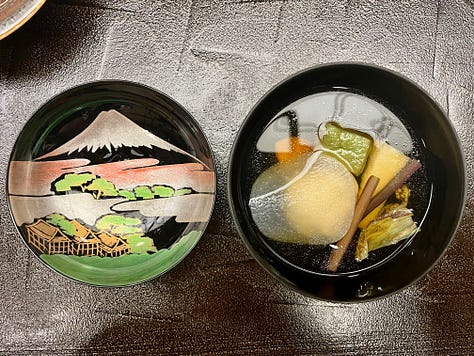
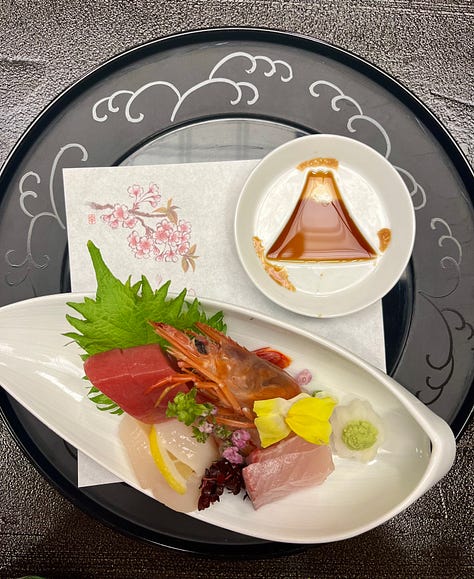
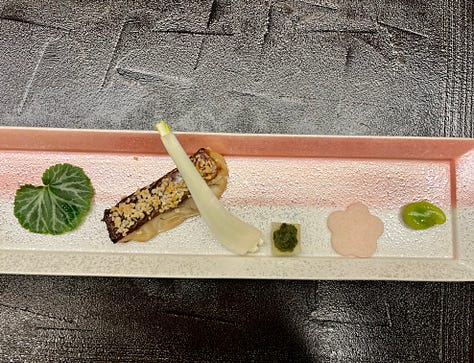
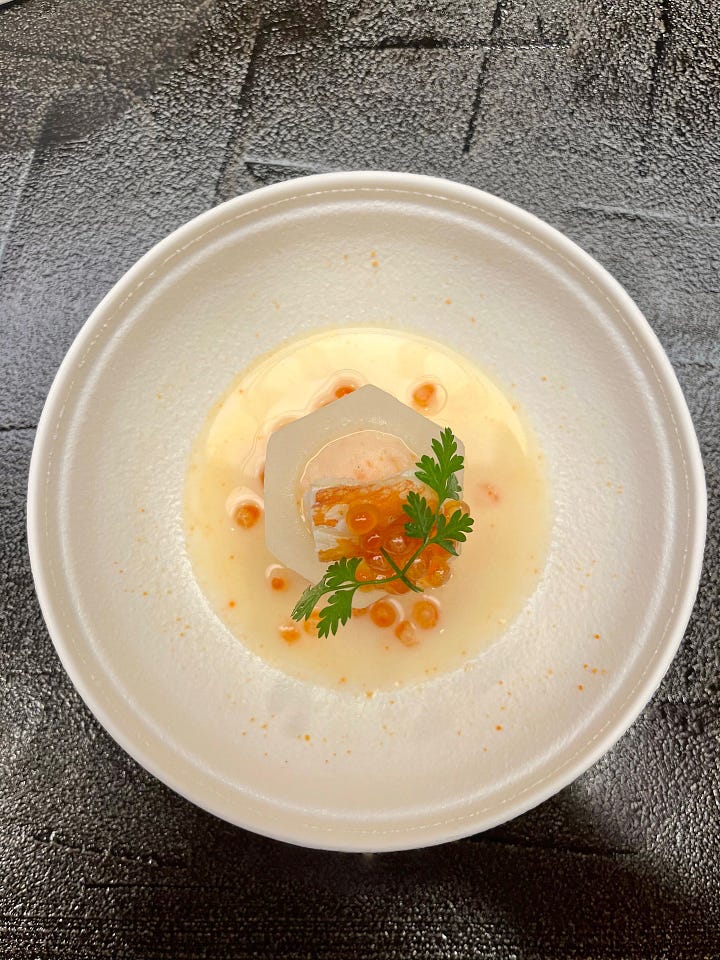
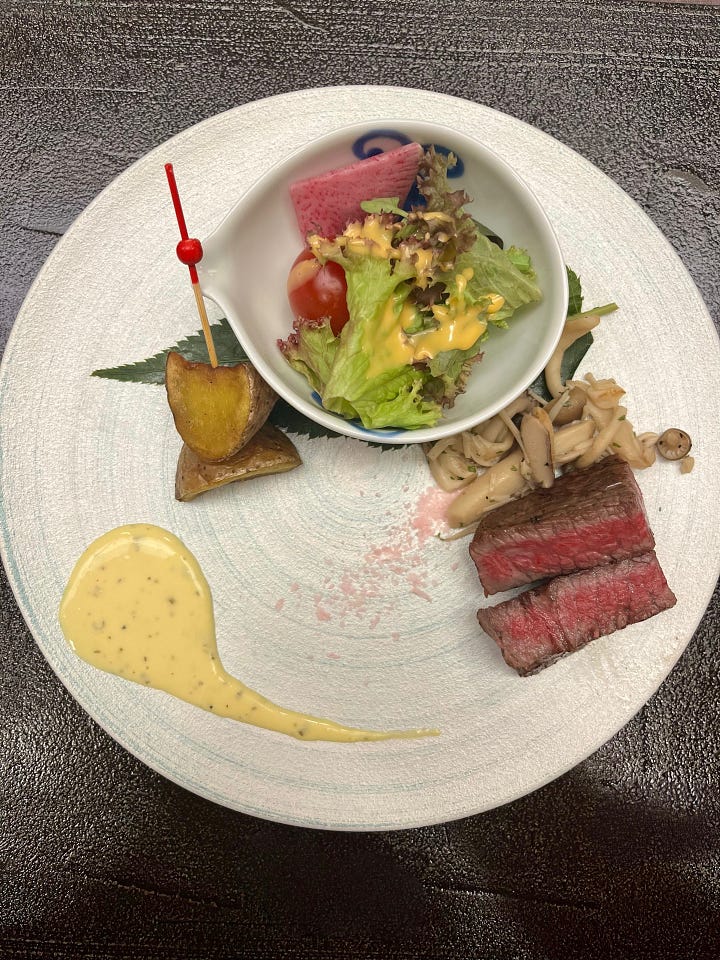
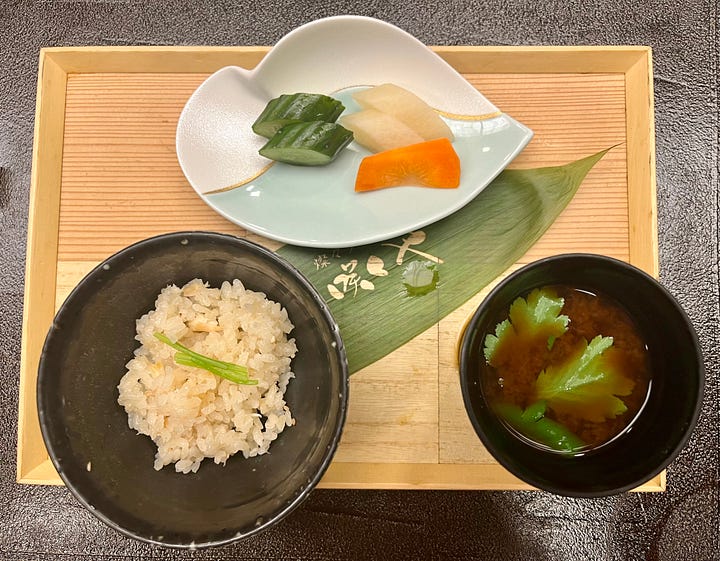
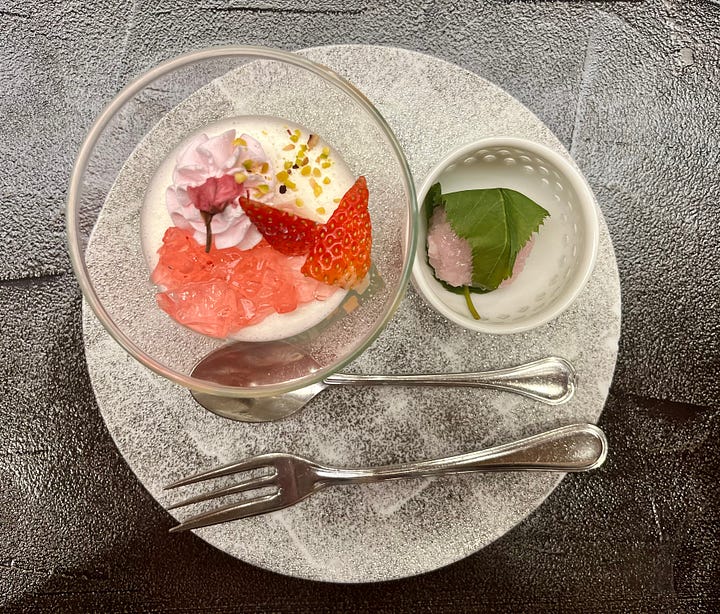
After two years of planning and over a decade of collecting oral history, we successfully carried out Betty’s final wishes in the loveliest way any one of us could have imagined. Once back in my hotel room, I brewed a cup of shiitake mushroom tea, sat down, and exhaled harder than I ever have before.
We did it, Betty.
Onward.


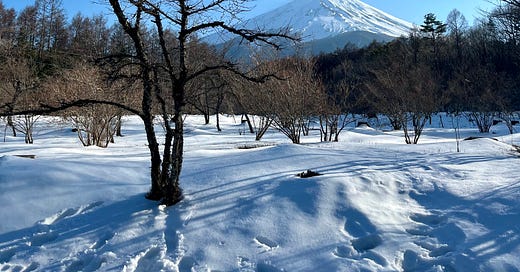



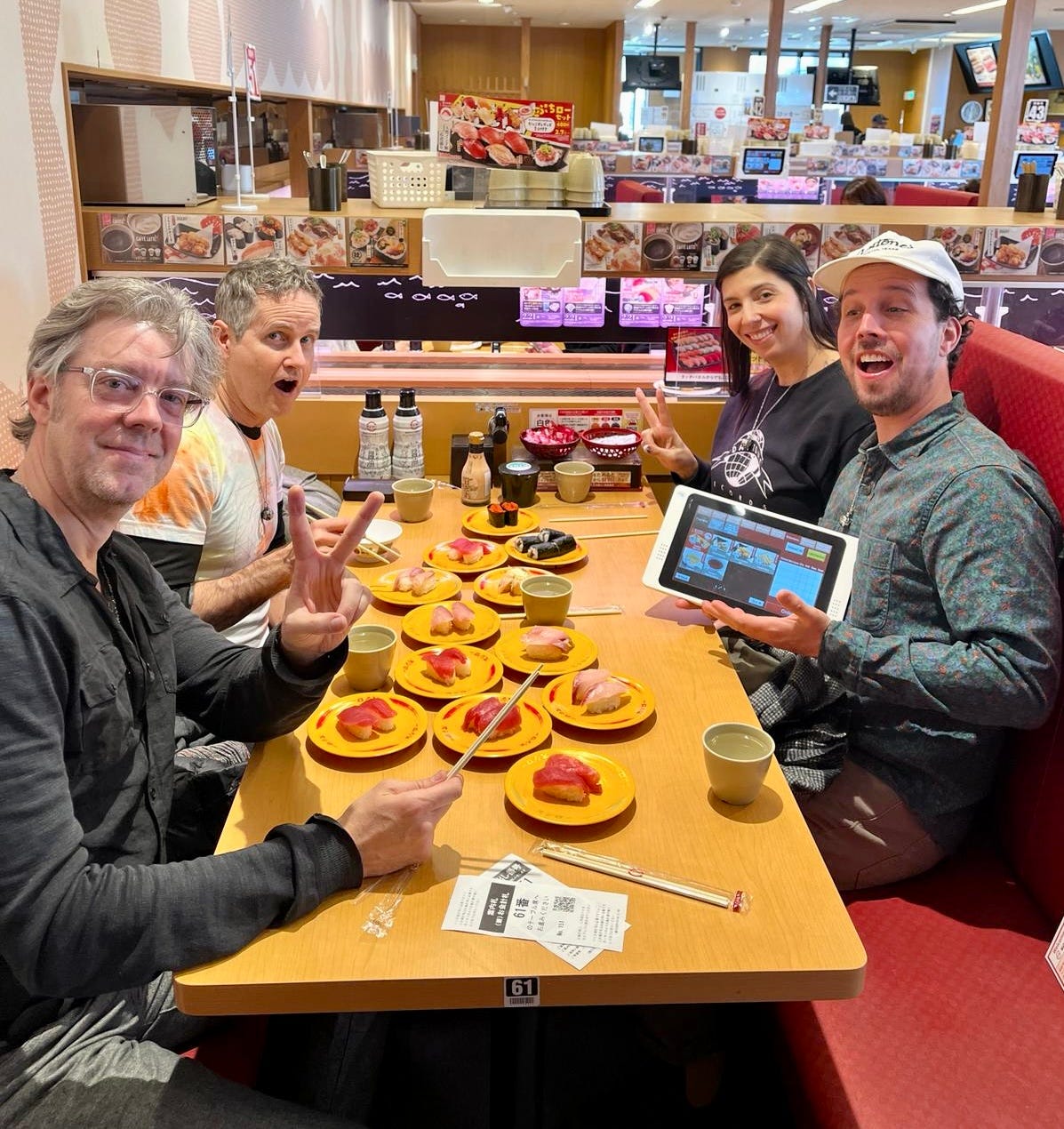
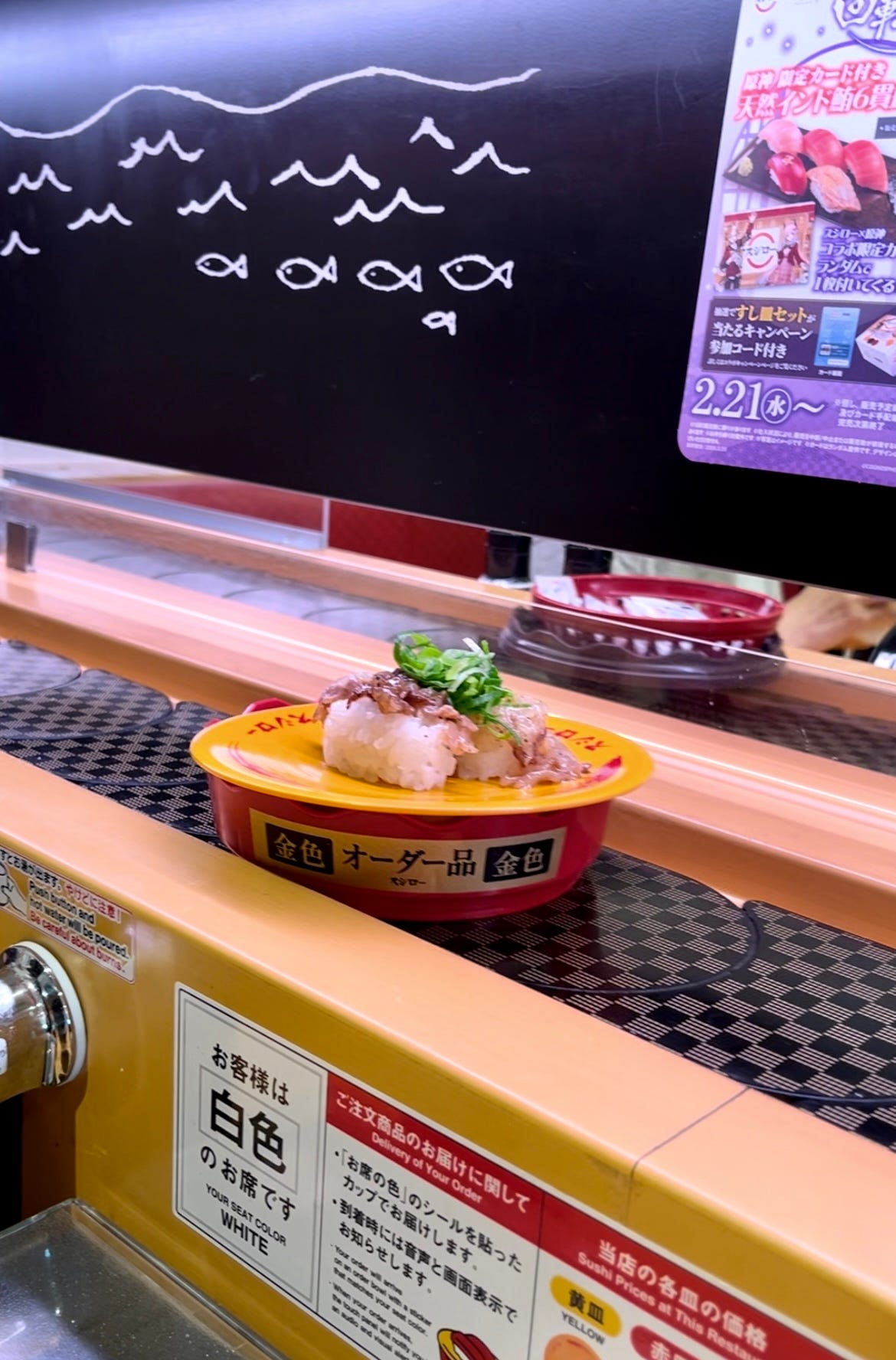


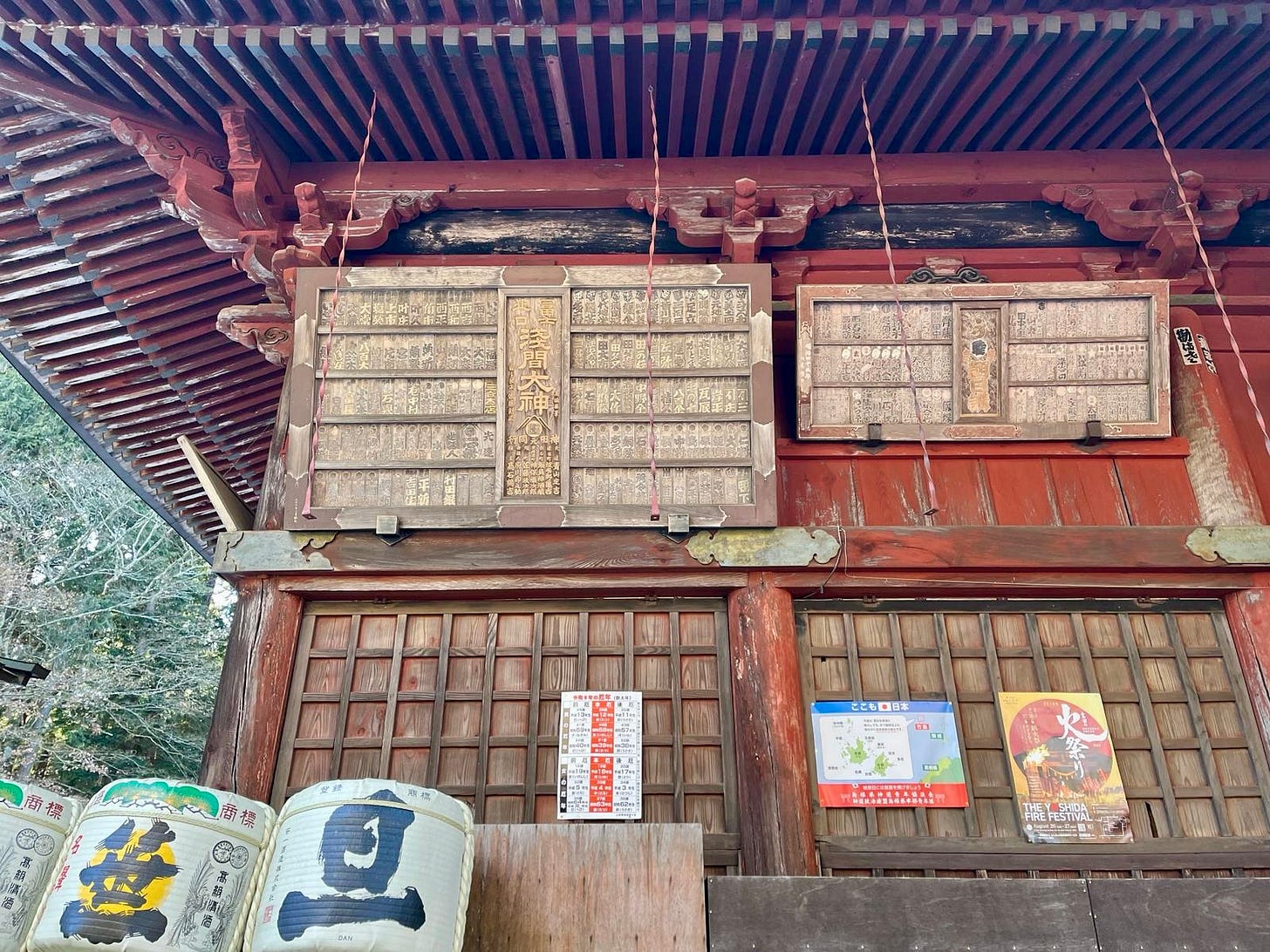


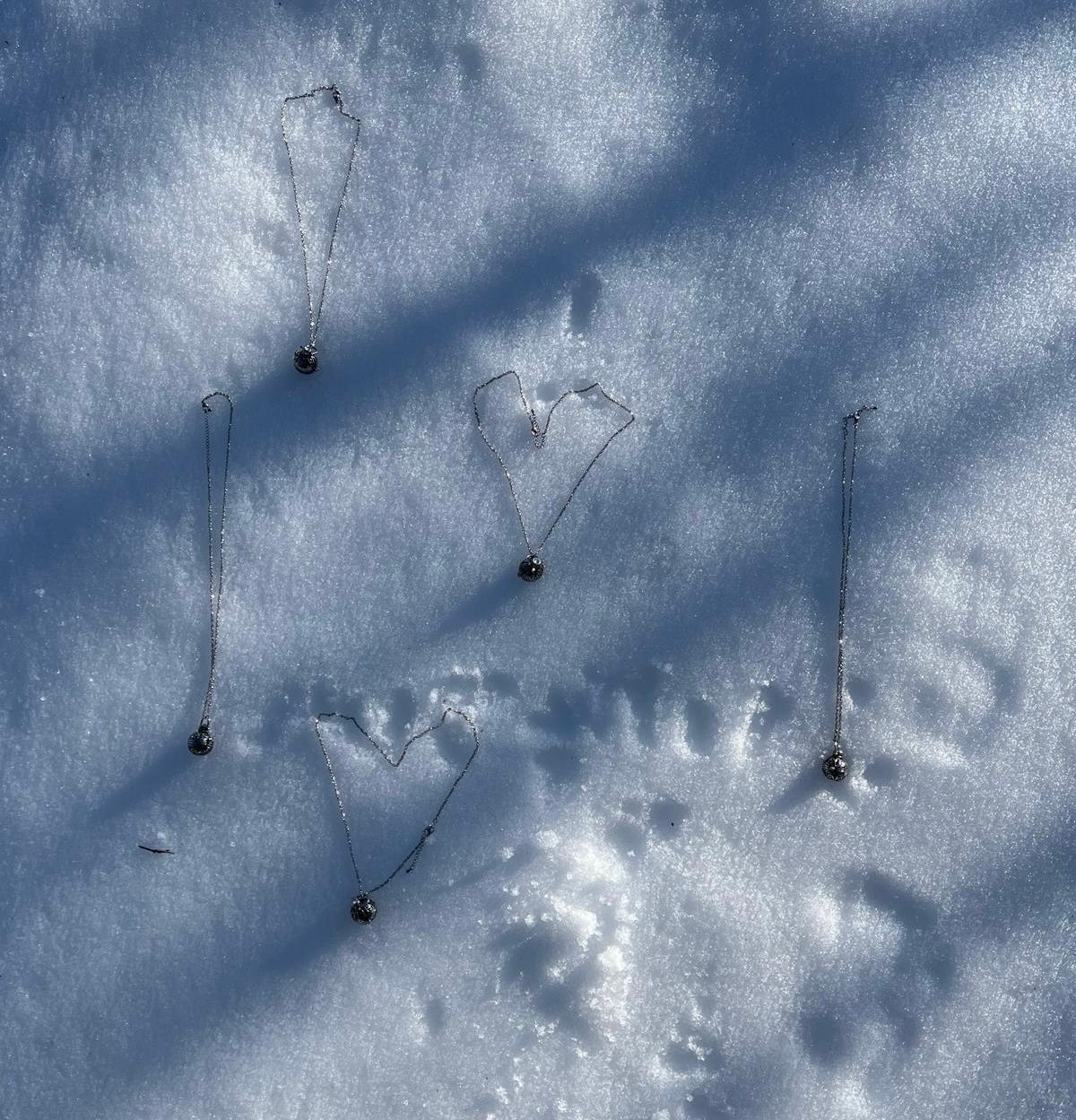

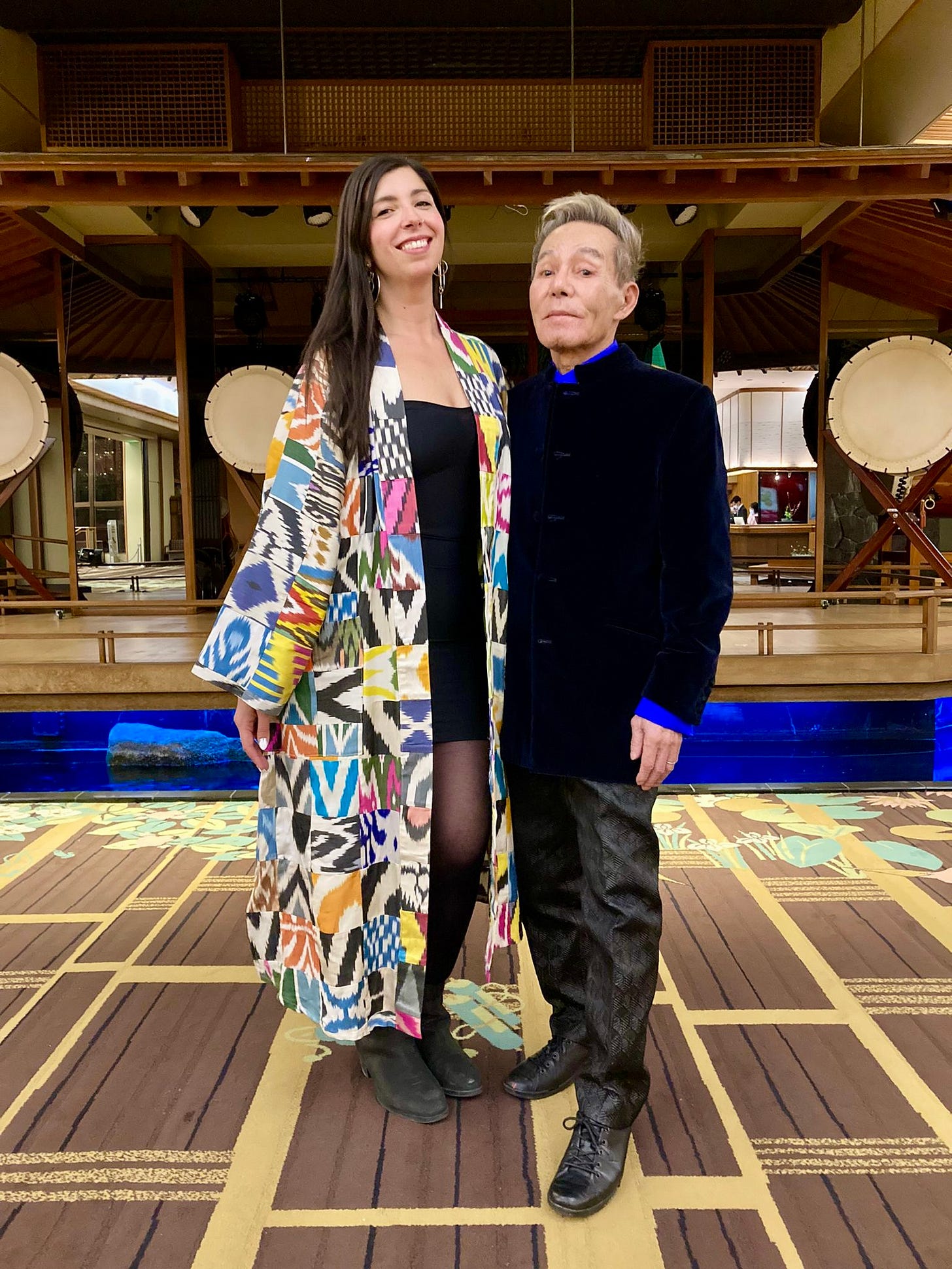

Thank you once more for sharing these moments from your very personal journey. I love the tree that you chose as the resting place for her ashes. Did Betty have many songs in the works when she left us? I know that she enlisted you to sing one of her original compositions.
Made me cry! It makes me so happy to hear about Betty being honoured and sent off with such care and grace.